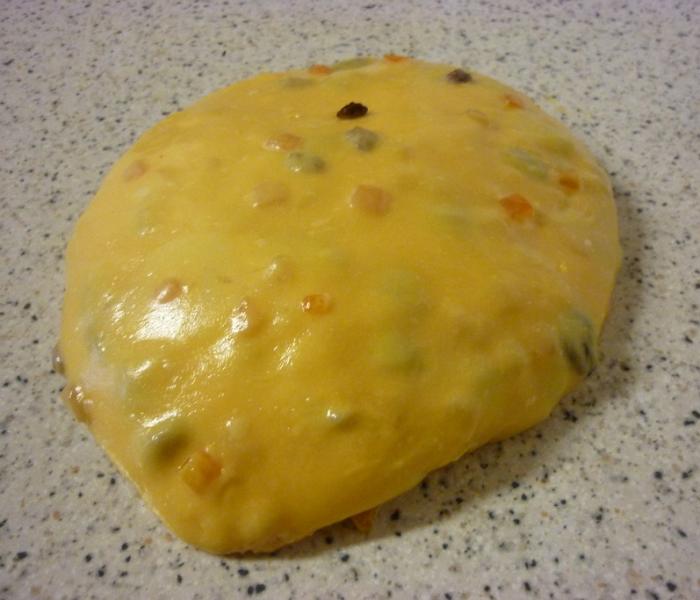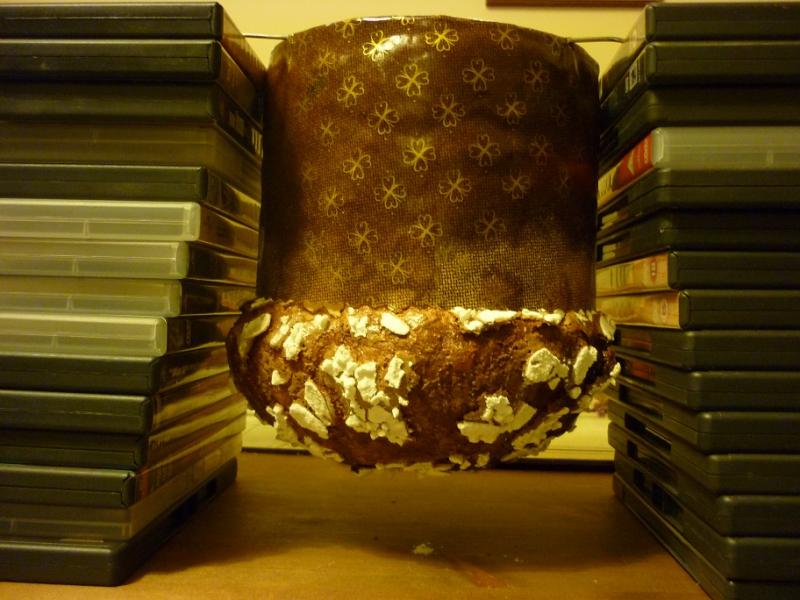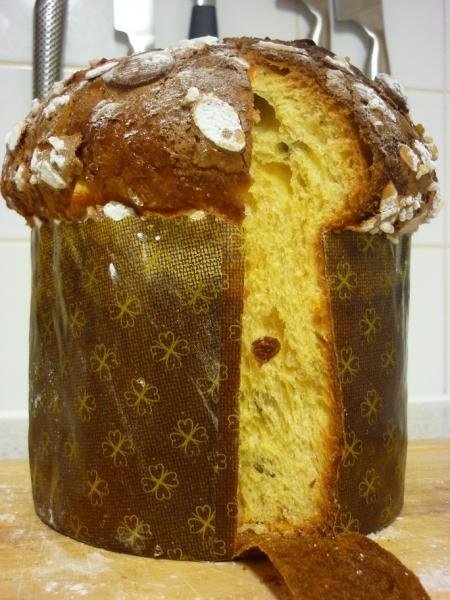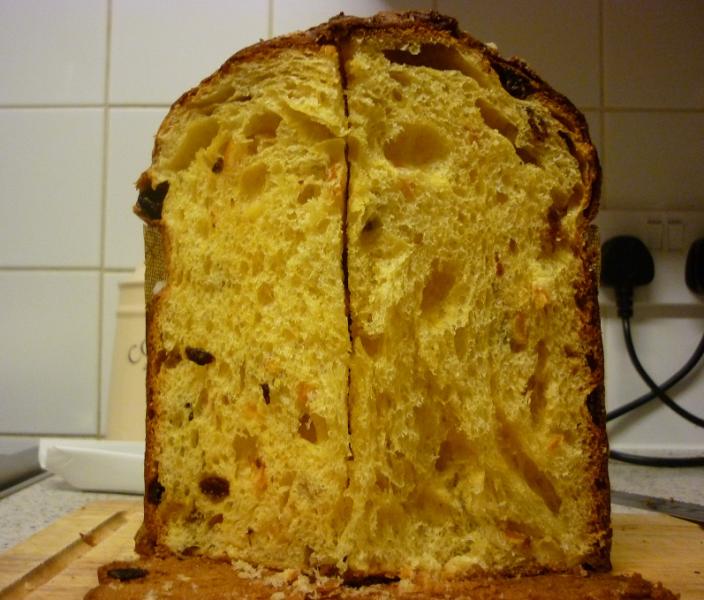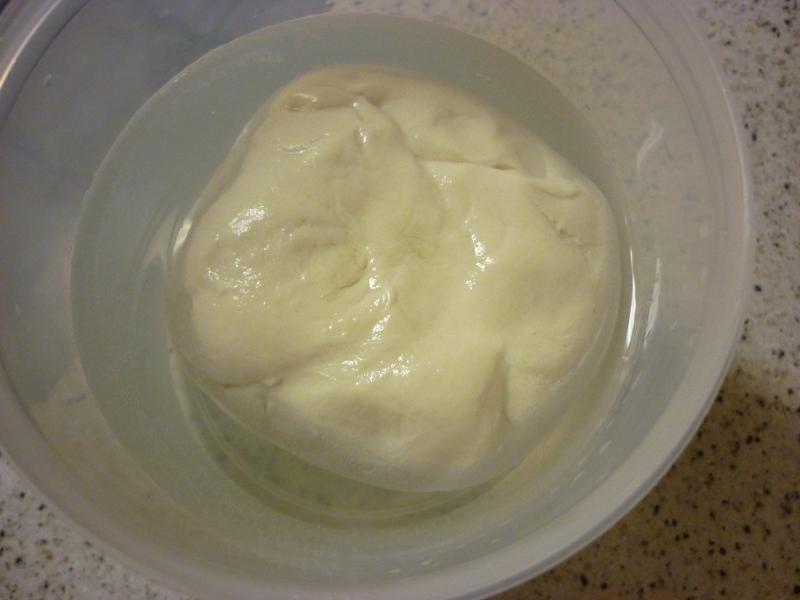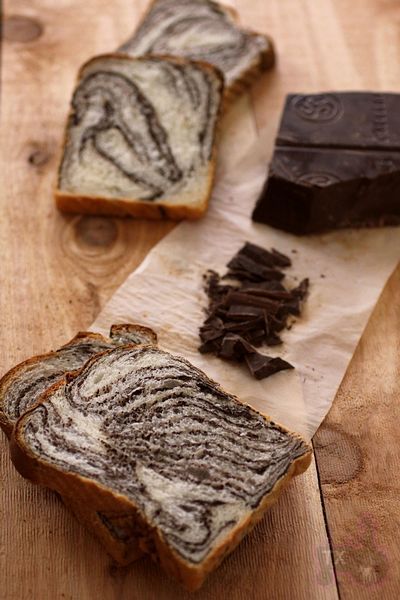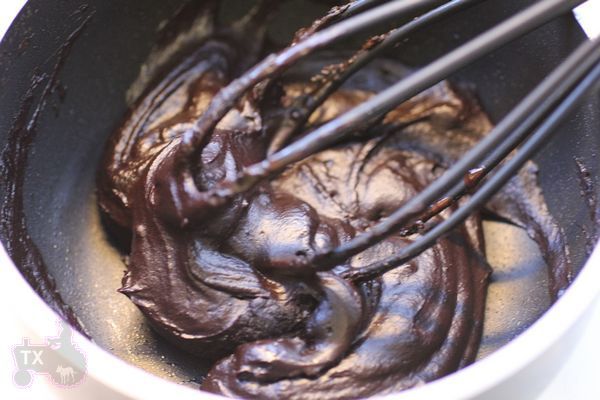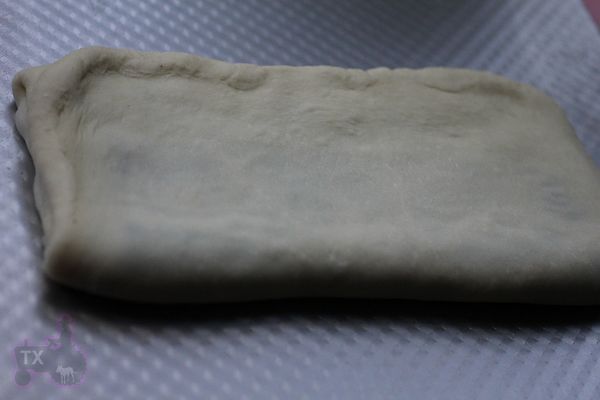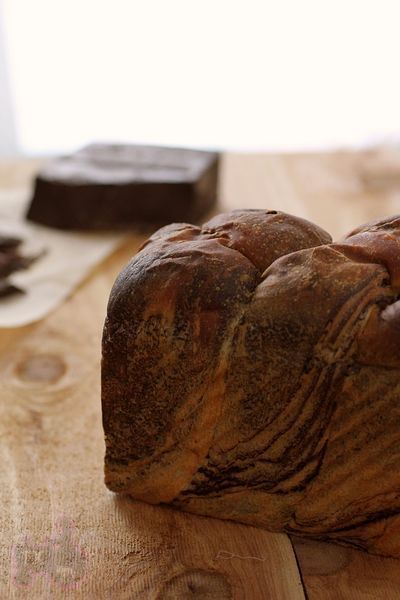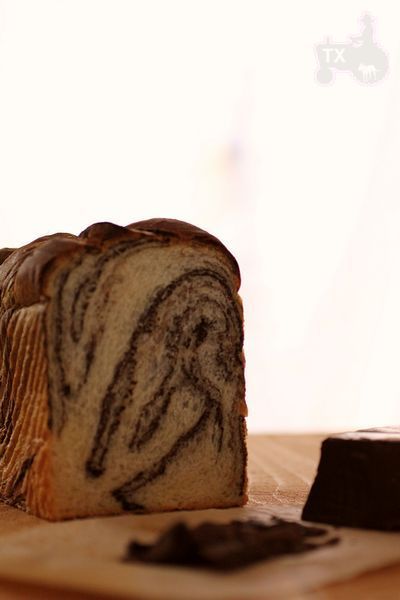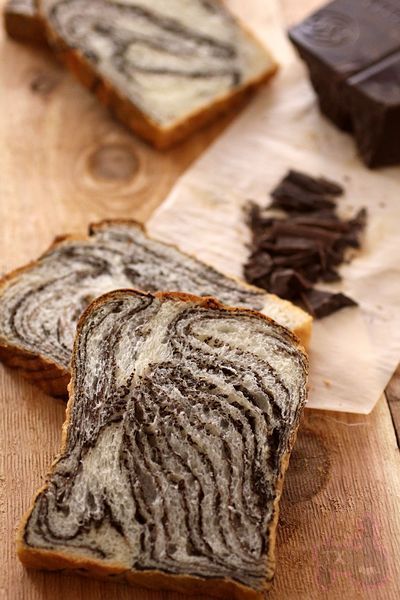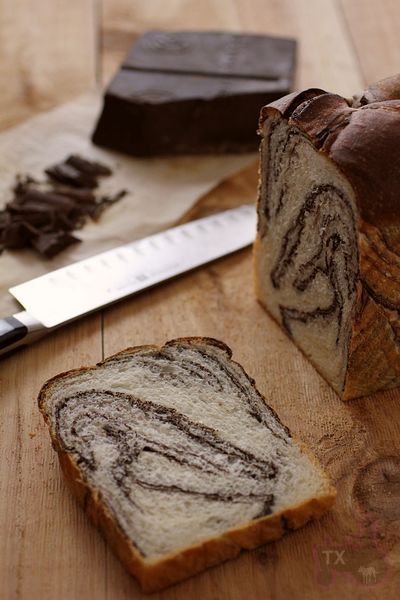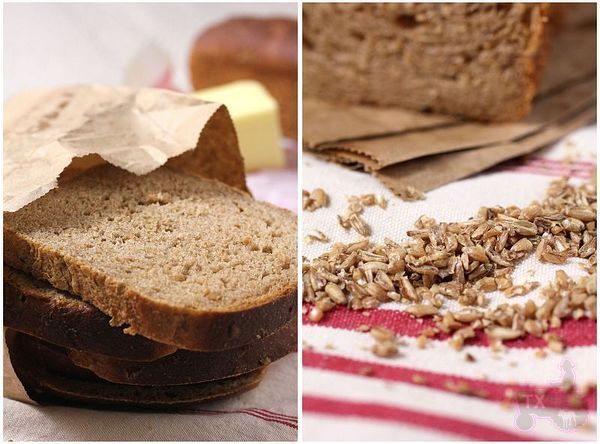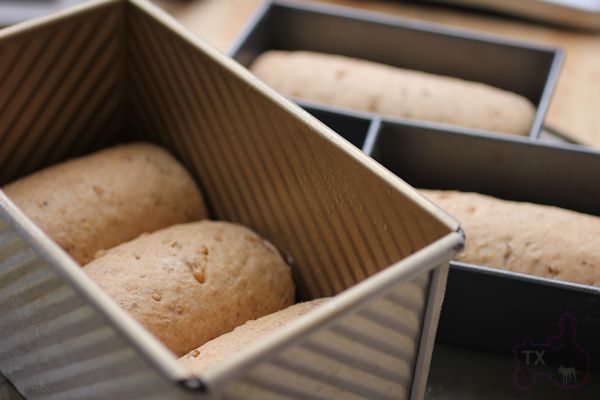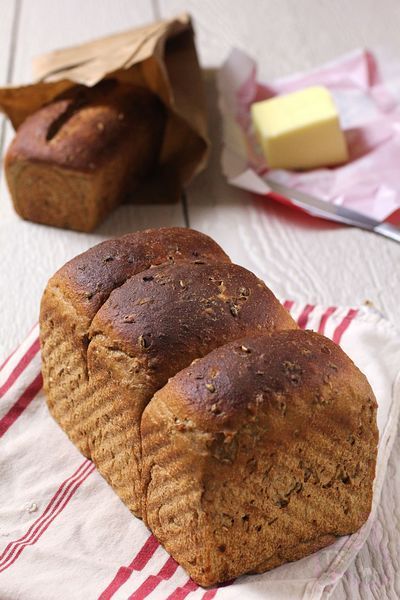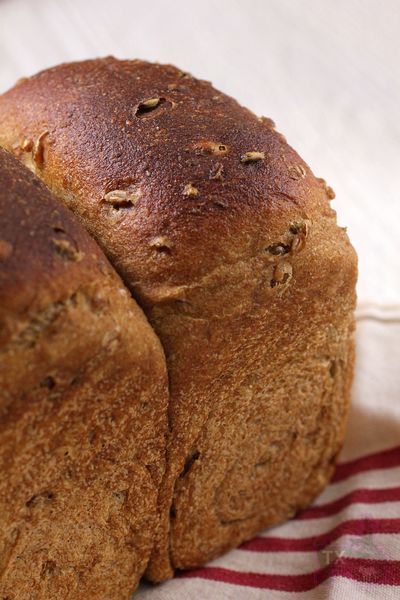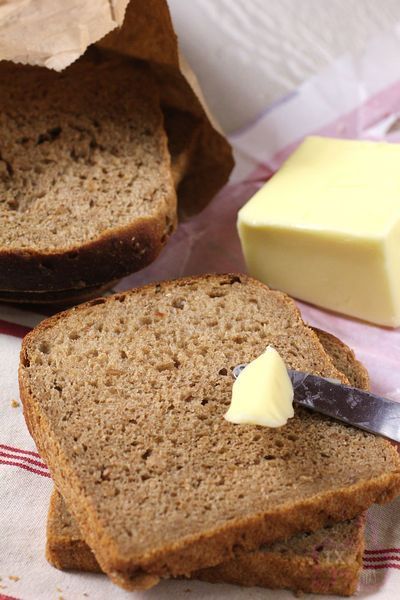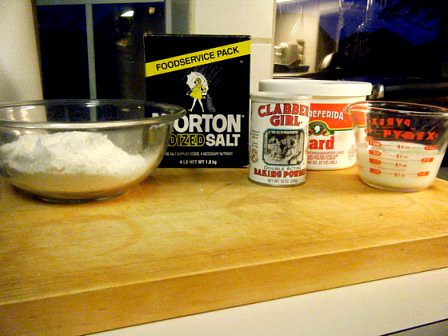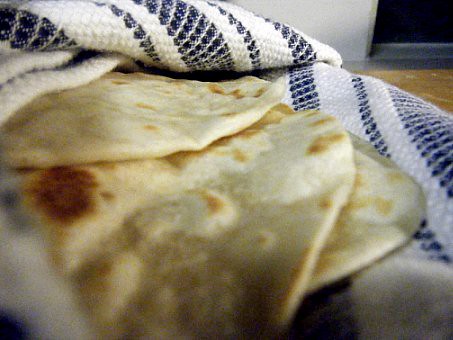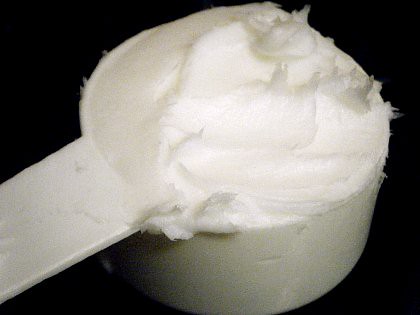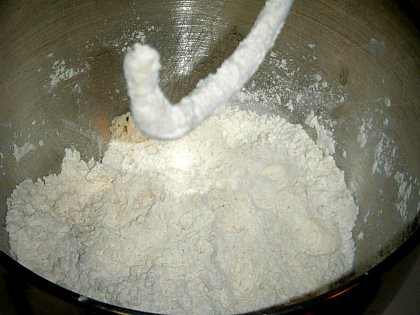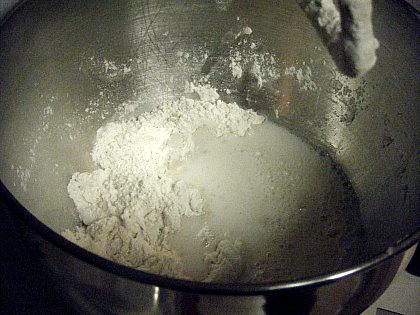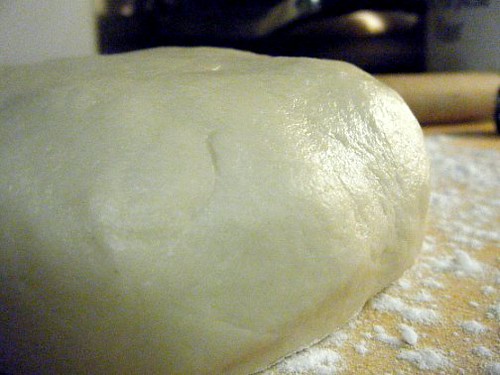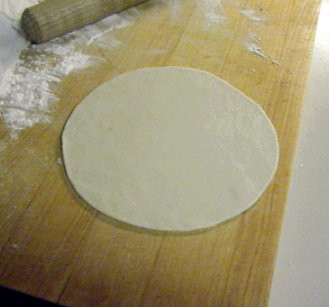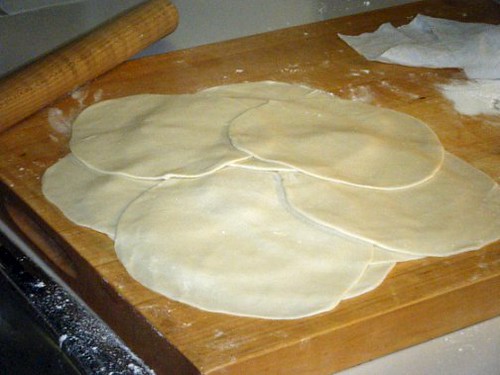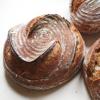
Mixed Flour Levain with Long Autolyse - Take 2 (and 3)

A few weeks ago I wrote about this formula, and after many suggestions from readers out there, I followed up with two bakes. This post shows the outcome when including all the flours in the long autolyse, based on suggestions from Khalid and David. Essentially the method was the same as previous with these two exceptions: for bake 2, the autolyse included all the water and all the flours as listed plus 3 gm salt, and for bake 3 the salt was eliminated in the autolyse and the overall hydration was increased to 75%.
Bake 2, I included the small amount of salt as a hedge against overactive enzymatic activity of the rye (and possibly the spelt) flour. The autolysed dough was maintained at 74˚F for a little more than 11 hours, the same time to allow for the final levain build to mature. It was more hydrated than the original version, and the autolysed flours already had a nutty aroma. Here are the final bakes:


The loaves seemed more flavorful than the last time (but it may be wishful thinking), and the crumb was definitely moister. Sorry, no crumb shot, but it was very similar to the one below.
For Bake 3, I eliminated the salt altogether from the autolyse, and increased the overall dough hydration to 75% from about 72.5%. I also made a double batch, which turned out to be a bit problematic as I am not really equipped to handle over 4 kg of dough. It also turned out to be an unusually hot week in San Francisco, so the bulk fermentation got a bit out of hand and I probably went too long. This made the dough a bit sticky and more difficult to shape. Still, the breads turned out fine, although the bloom was not as large as usual for this bread. The crumb, again, ws quite moist, even moreso than the previous bake due to the added hydration.


As mentioned, the crumb was moist and airy.

A few of folks have mentioned the boule scoring, so here are some photos. This boule was 1500 gm of dough, which is the largest I've done with this score.



The flavors of both bakes were quite close, with good nuttiness and noticible tang that increased over the next few days. Bake 3 was a bit bolder, in part to compensate for the added hydration, and had nice singing and cracks are seen throughout the loaves. It was also more sour, presumably due to the increased fermentation from the higher ambient temperature.
I don't really have a conclusion on whether the salt was necessary for the autolyse, but I think it is not. The autolysed flours for bake 3 were softer, but that was more likely due to the increased hydration rather than omission of salt.
Another thing I learned: the wheat germ absorbs a lot of water, much more than I expected. Since it was the only ingredient other than the salt added when mixing the final dough, and I held back a small amount of water for the add, it was easy to see that all the water went straight to the wheat germ. Next time, maybe include the wheat germ in the autolyse - has anyone ever done that?
Have fun baking!
-Brad



